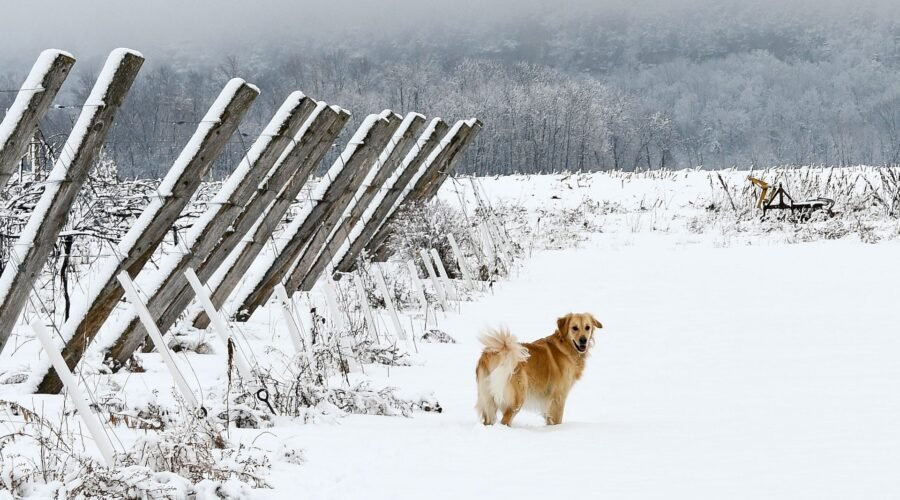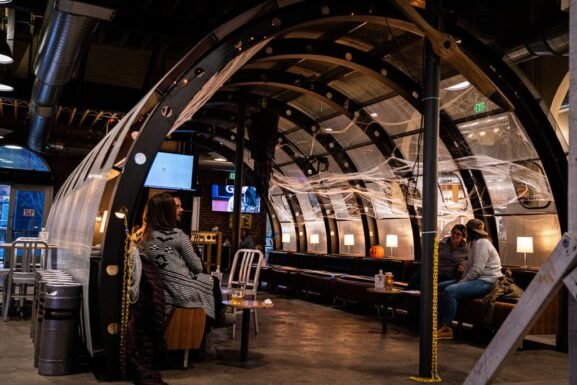Basics: In the Wisconsin Ledge AVA, Wine Rises Where Niagara Falls
Golfers tee off at the internationally renowned The American Club in Kohler, Wisconsin. Football fans donning cheesehead hats cheer at Lambeau Field in Green Bay. Vacationers flock to Door County, known as the Cape Cod of the Midwest, to shop in quaint boutiques, swim, fish or waterski in pure Lake Michigan waters and indulge in the thriving restaurant scene highlighting foods parlaying the area’s Scandinavian heritage.
And how many visitors and locals are coming to this hidden gem of a region for wine? Plenty.
The Wisconsin Ledge AVA, established in 2012, is located along the Niagara Escarpment, a prominent rock ridge that spans more than 650 miles in a crescent across the Great Lakes region. The Escarpment shapes the ancient “backbone” of North America: It creates Niagara Falls in New York, influences the vineyards of Ontario and forms the foundation of the Door Peninsula.
Many vineyards lie on eastern-facing slopes on glacial soils of gravel, sand and clay atop limestone bedrock. An aquifer below the AVA provides mineral-rich ground water to the vines, encouraging deep root growth.
“The Niagara Escarpment formed lakes as large bodies of water that temper the climate,” explains Steve DeBaker, owner and winemaker of Trout Springs Winery in Greenleaf, Wisconsin. DeBaker played an integral role in petitioning for the AVA’s establishment. As warm air rises from Lake Michigan, it simultaneously sucks cold air from the land. Thanks to this constant flow of air, “grapes don’t have to go through rapid changes during the growing season. The temperature is moderated by lakes and rivers and the growing season is longer.” This, he says, is the “lynchpin to the entire AVA.”
You May Also Like: Lake Michigan Has a Bustling Wine Scene. Here’s How to Explore It
“During the last three months of the year and into spring, temperatures are, on average, 10 degrees warmer than other areas just 60 miles from the Ledge,” explains DeBaker. “This means grapes enjoy a longer hang time into the fall season thanks to the constant flow of warm air. This warmth is huge for cool-climate, highly acidic French and American hybrid grapes grown here because it moderates their natural acidity.”
DeBaker works with several hybrids, specifically bred to last throughout the cold winters of the region, including Maréchal Foch, St. Croix, Petite Pearl and Niagara. He produces dry expressions of each, as well as Ice Wine and Port-style dessert wines.
“If Wisconsin is ever to be known for a specific style of wine, I think sparkling wine is it,” says Thomas Nye, winemaker and general manager at The Blind Horse Winery in Kohler, Wisconsin, who produces a sparkling wine from La Crosse. This is a light-skinned hybrid grape, with Seyval Blanc as a parent and St. Pepin as a sibling. Nye’s traditional method sparkling expresses notes of citrus, apricot, green apple and pear along with a crisp acidity and a touch of sweetness.
The establishment of the Wisconsin Ledge AVA has “made a huge difference,” concludes DeBaker. “More people are noticing the region and it’s a destination for people to visit. The wine industry here is growing.”
Quick Facts
- Date AVA Established: April 23, 2012
- Total Size: 3,800 square miles (138 miles long and 55 miles wide)
- Planted acreage: 500
- Most planted grapes: French and American hybrids
- Climate: Continental with warm summers, cold winters and moderate precipitation
- Number of bonded wineries: 24
- Fun Fact: Wisconsin is America’s uncontested Dairyland. It is the No. 1 producer of cheese in the U.S.
This article originally appeared in the December 2023 issue of Wine Enthusiast magazine. Click here to subscribe today!
Bring the World of Wine to Your Doorstep
Subscribe to Wine Enthusiast Magazine now and get 1 year for $70 $29.99.
Last Updated: November 3, 2023
Like what you’re reading? Learn more about:


